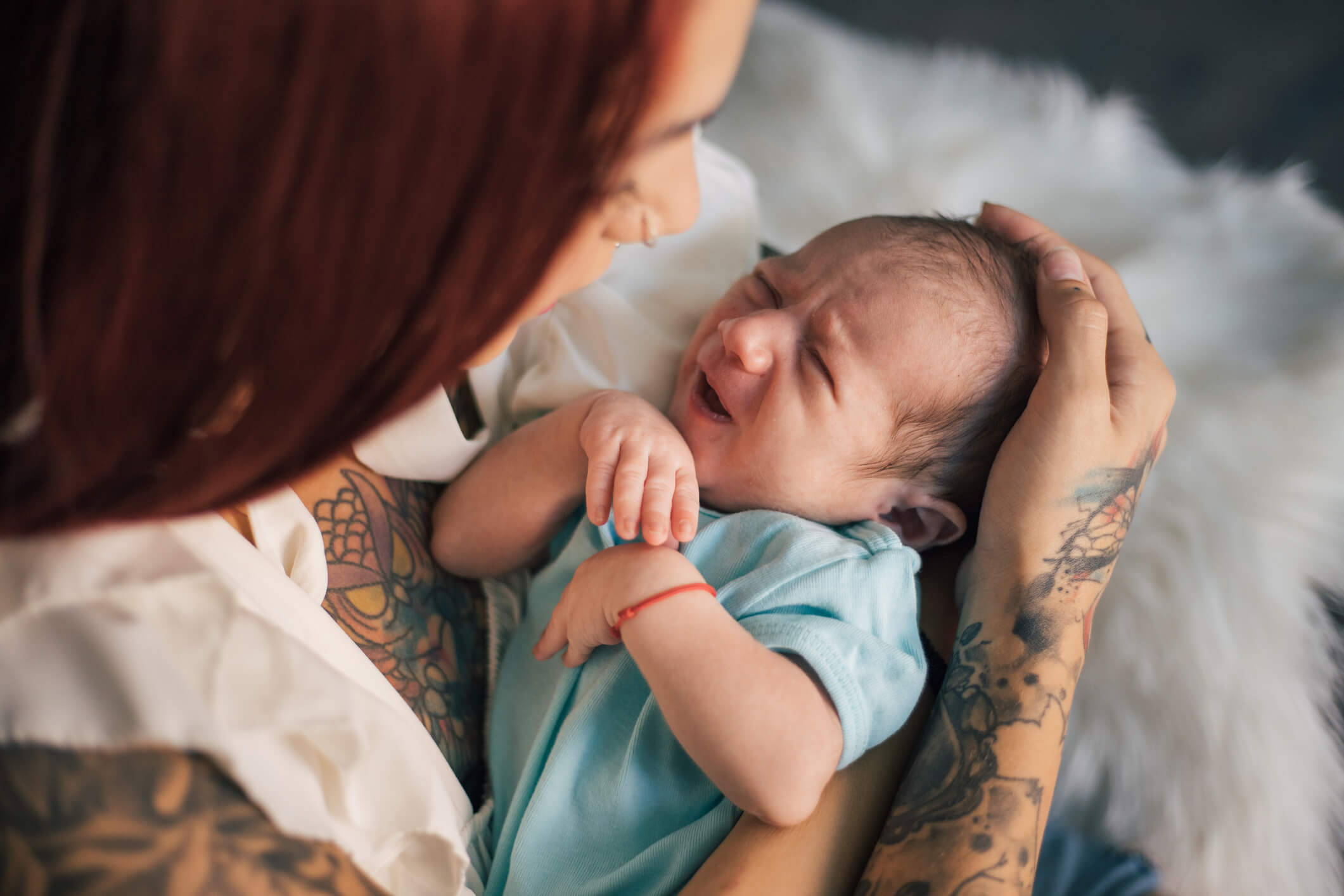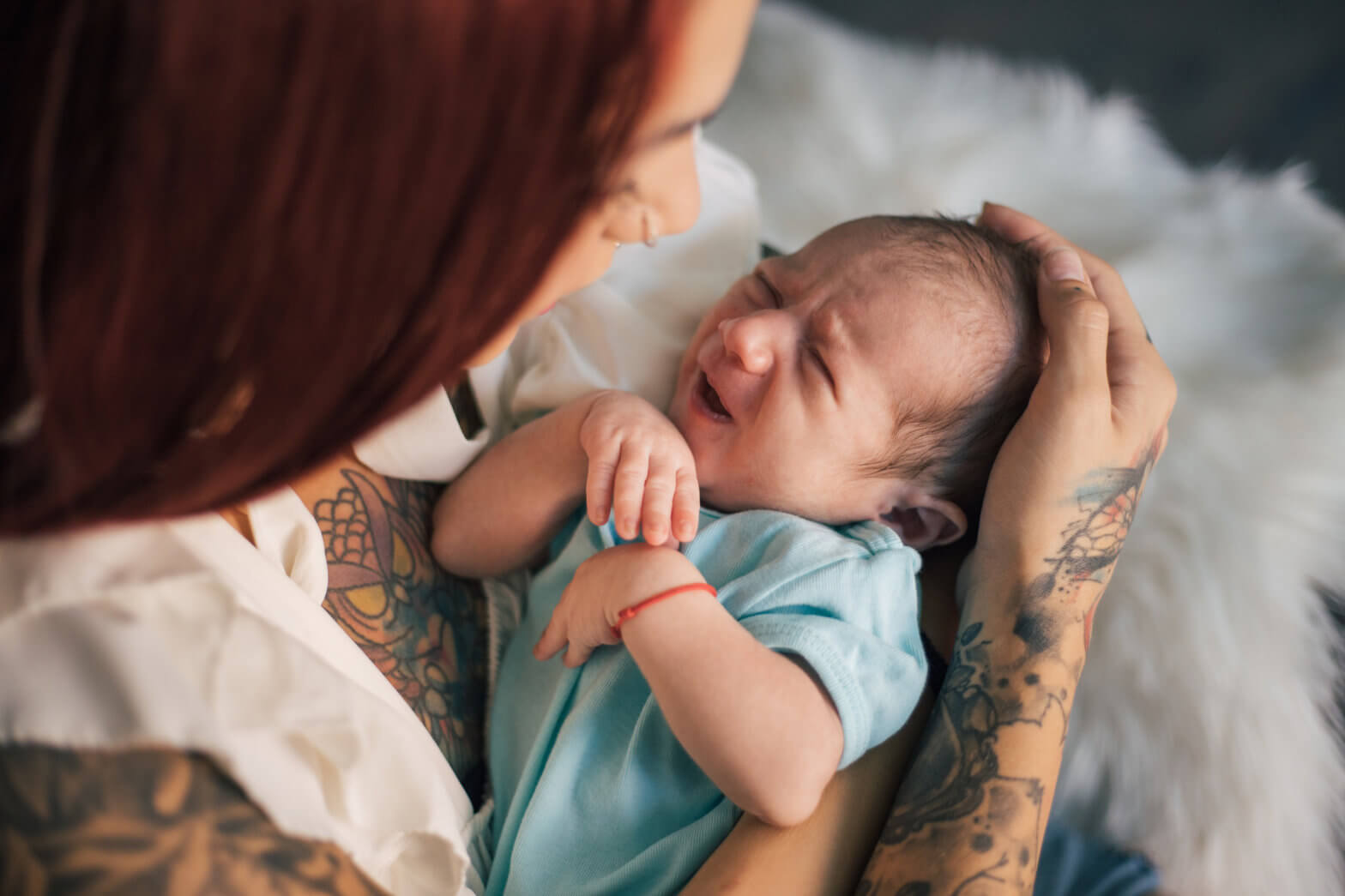
When Can You “Give a Child Up” for Adoption?
Can You Give a Baby Up for Adoption After You Take it Home?
How to Place a Baby for Adoption After You Take it Home [And Why Adoption is Always an Option]
You have brought your baby home and are having second thoughts about becoming a parent. This is perfectly normal.
Becoming a parent can come with a lot of complex and conflicting emotions. If your feelings of doubt go deeper than new-parent jitters, you might be wondering, “Can I give my baby up for adoption after taking it home?”
You might feel guilty for having this question, and while these feelings are valid, you are not a bad parent. Having the ability to recognize that you are not ready to become a parent and choosing to place your baby for adoption so they can have the best life possible is an incredibly selfless decision.
Some prospective birth parents don’t realize the gravity of the responsibilities of parenthood until after they have brought their baby home. Maybe you have realized you are not able to financially support a child, or that you are not prepared to change the course of your life to raise a child. Whatever your reason is for wanting to place your baby for adoption after taking them home, you are completely valid. Choosing to place your child for adoption is always an option, and it is always brave and selfless.
“Giving Up” My Baby After Taking Them Home
It’s perfectly normal to be overwhelmed by the responsibilities of parenthood. You may even be experiencing feelings of postpartum depression after the baby is born. While it may not feel like it at the time, these feelings will pass. In the meantime, there are trained professionals available to you to help you cope with these emotions.
Here are some tips for coping with postpartum depression:
- Give it time. Postpartum depression won’t last forever. Most symptoms of postpartum depression will subside after 1-2 weeks after delivery.
- Build a support network. Reach out to any close friends and family who you feel comfortable confiding in as you navigate the difficult emotions you may be experiencing.
- Seek help. Discuss your feelings of depression with your doctor. They may be able to prescribe different courses of treatment for postpartum depression and anxiety.
While postpartum depression is treatable and should always be ruled out before making any big decisions, it’s also possible that you may need to find a more permanent solution for you and your baby. If you are asking, “Can I give a child up for adoption after I have taken her home from the hospital?” it’s likely that you have put some time and thought into this question. If you feel confident that this is more than just postpartum depression talking, adoption is always an option for you.
How Do I Place a Baby for Adoption After Taking it Home?
If you have made the decision to place your child for adoption after you have taken them home, you might be wondering how to make this happen.
As the prospective birth parent, the process will be similar to a standard infant adoption. However, there will be some changes, and the process may be sped up to give your child permanency as quickly as possible. Even though you have taken your baby home, you still have complete control over the adoption process.
Step 1: Reach out to an adoption professional. If you have decided to place your baby for adoption after you have taken them home, you will want to get connected with an adoption professional that will facilitate the process for you and make sure all your bases are covered.
Step 2: Choose the adoptive parents. Your adoption professional will work with you to figure out what you’re looking for in prospective adoptive parents. They will compile adoptive family profiles that match your preferences, and you will be able to choose the perfect parents for your baby.
Step 3: Meet the adoptive parents. While this isn’t a required step in the process, the option is there for you. If you want to have an open relationship with the adoptive family, you will be able to meet your baby’s prospective adoptive parents in person. You can also create a post-placement contact arrangement so you can have continued communication with them after the adoption.
Step 4: Complete the placement. This is the step where you will finalize the adoption of your baby. With the help of your adoption professional, you will complete the adoption paperwork, and consent to the adoptive parents raising your baby.
Step 5: Post-placement contact. Depending how open you and the adoptive parents have decided the adoption will be, you will be able to have post-placement contact with your baby. This might look like photos, letters, phone calls and even in-person visits.
An open adoption will allow you to have peace of mind knowing your baby is safe and happy and they will be happier not having to wonder where they came from.
What to Consider
Placing your baby for adoption is always a difficult decision. It might become even more difficult after taking them home because you have had time to become attached to your child. You are not alone in these feelings. Many birth parents have been in your shoes before.
The overwhelming emotions you may experience as a result of this decision are valid, and there are adoption counselors available 24/7 to help you cope with the emotional impact of your choice. That being said, it cannot be stated enough that you always have a choice. You know what is best for you and your baby.
If you are placing your child for adoption after you have taken them home, you will be most successful if you work with a national adoption agency. They have more resources available for situations like yours, and have a larger pool of waiting adoptive families to choose from to ensure that your adoption is completed as quickly as you would like.
If you have decided to pursue adoption for your baby after taking them home, you should be prepared to provide your adoption professional with the following:
- Your child’s birth certificate
- The name of the child’s birth father on the birth certificate
- Your child’s medical records
- Documentation of all the places your child has lived
- Documentation of child support from a father
Once your adoption professional has this information, you will be able to create an adoption plan. After you have a plan in place, you will be able to choose the prospective adoptive parents that you feel are best suited to raise your child.
Why it’s Never Too Late to Choose Adoption
While the adoption process might look different after you have taken your baby home, it is still absolutely an option. Placing your baby for adoption isn’t giving up on them. You are giving them a chance at the best life possible, while also giving hopeful adoptive parents the family they couldn’t have had on their own.
There are many qualified adoption professionals available to you who can provide you with helpful resources and information if you are considering placing your baby for adoption after taking them home, or are still weighing your options. To get in touch with one today, simply complete this form.
When you choose adoption, you are changing your child’s life for the better.
Ready to get started? Contact an adoption agency now to get free information.
